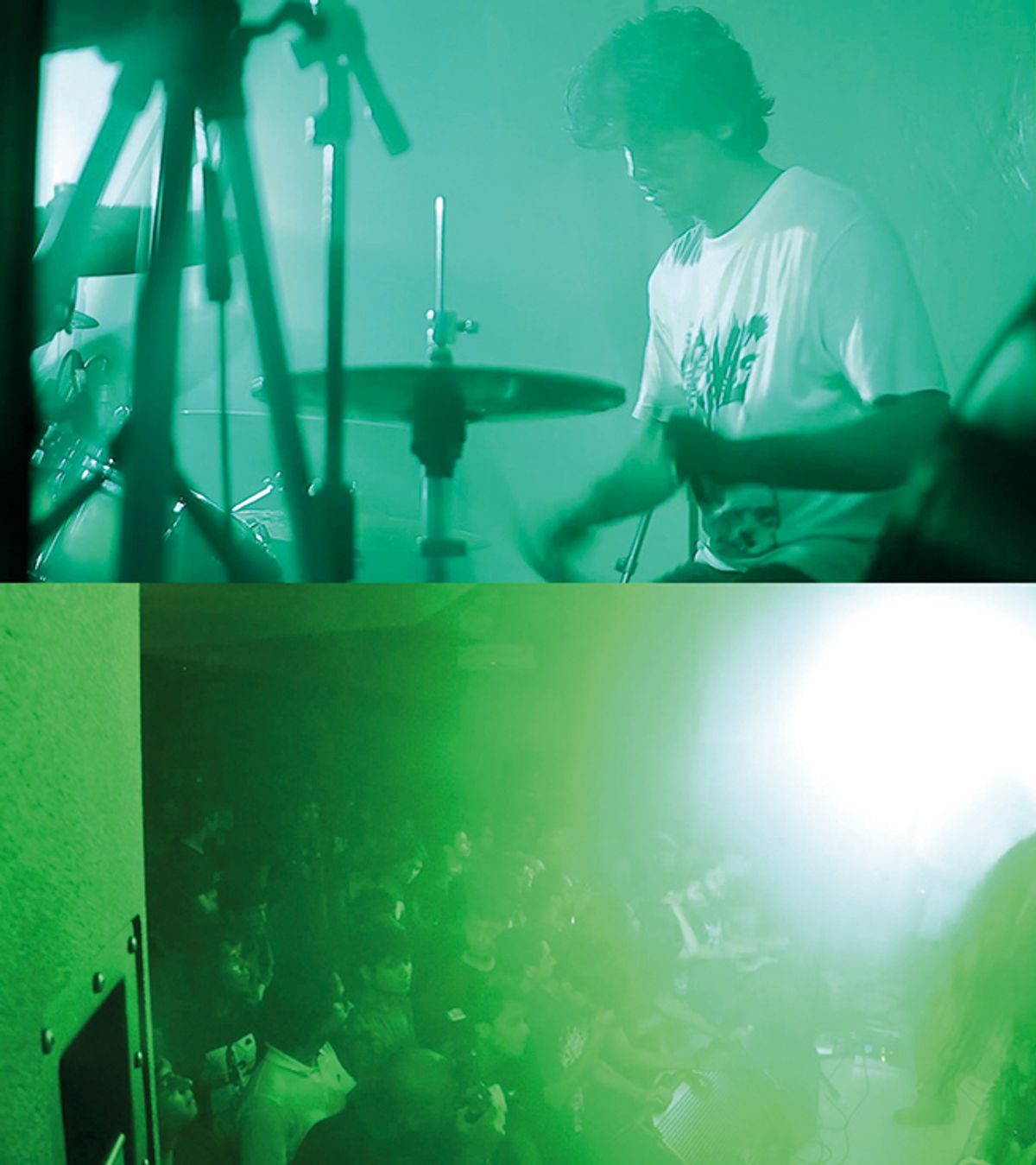Naeem Mohaiemen, Metal Mastan (2025)
After the end of the Cold War, the Soviet Cultural Centre in Dhaka hosted flamenco and yoga classes and chess competitions, as well as underground heavy, black and death metal concerts. One day in 2017 the Bangla metal band NekroHowl was scheduled to give a farewell concert there; the singer was heading to university in the US. Thirty years earlier, Naeem Mohaiemen had witnessed a similar moment with his classmates: the earliest Bangla metal bands, Warfaze and RockStrata, both came out of the same Jesuit missionary school he attended. In 1989 the band members left for the US. Now they still practice in basements but they have college-aged children and the flamboyant guitarist is an Apple software engineer. Where will NekroHowl be in 30 years? Mohaiemen’s video Metal Mastan (2025) provides a tentative answer.
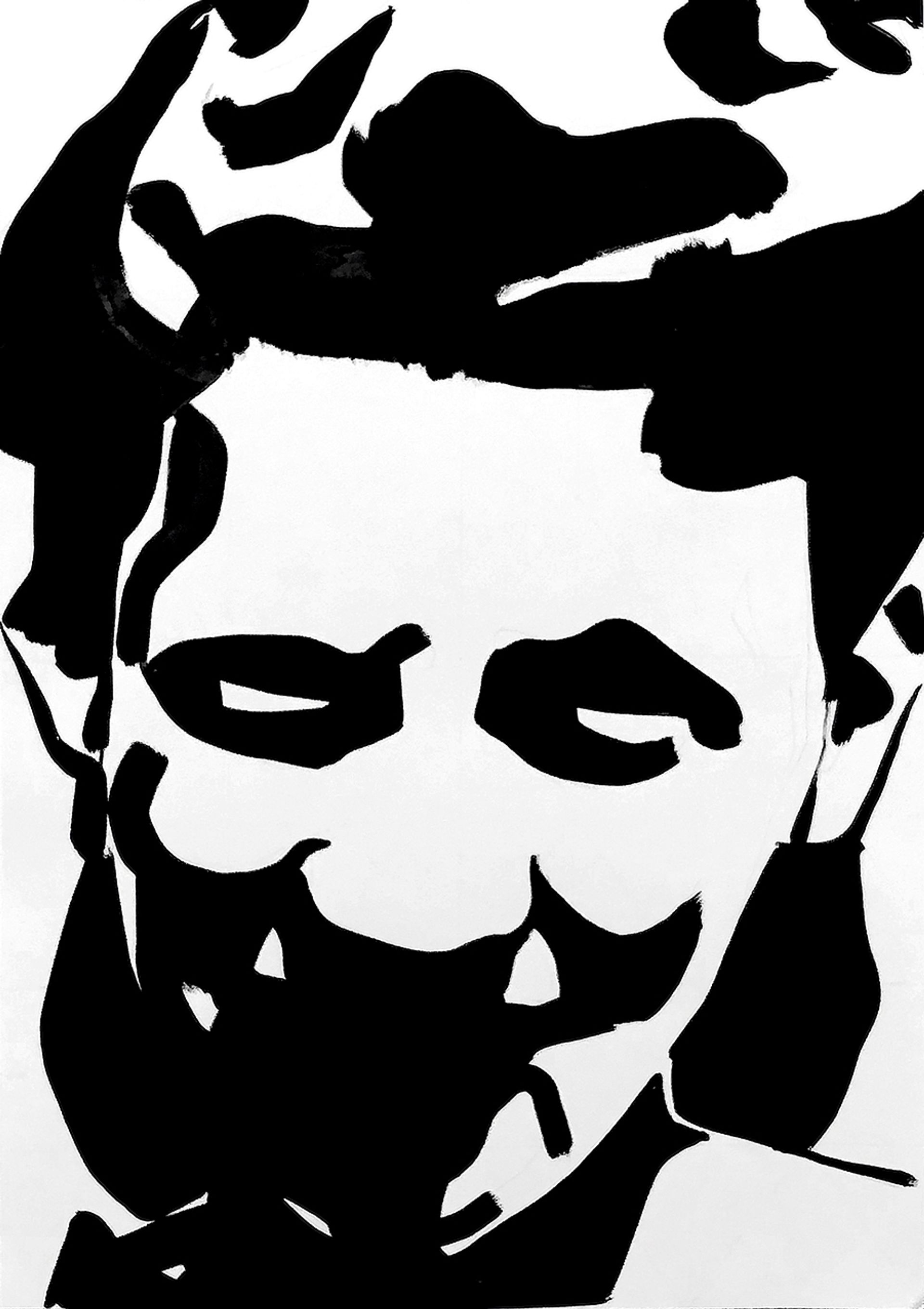
Wilhelm Sasnal’s Portrait of a Woman (2023)
Courtesy Verein by Association
Wilhelm Sasnal, Portrait of a Woman (2023)
Executed in black ink, Portrait of a Woman (2023) is based on one of the photographs of anonymous women taken in summer 1941 at Warsaw’s Jewish Ghetto by the German soldier Willy Georg. With authorisation from his superiors in the Nazi occupation forces in Poland, Georg entered the Ghetto and shot five rolls of film with his Leica. One was confiscated, together with the camera, by a German patrol that stopped him, but Georg developed the four remaining rolls in a photo lab in Warsaw and sent the negatives to his wife in Münster. In 1993, the photographs were published by Rafael Felix Scharf, a Polish Jew who emigrated to London in 1938 and became one of the founders of the Institute for Polish-Jewish Studies in Oxford in 1984.
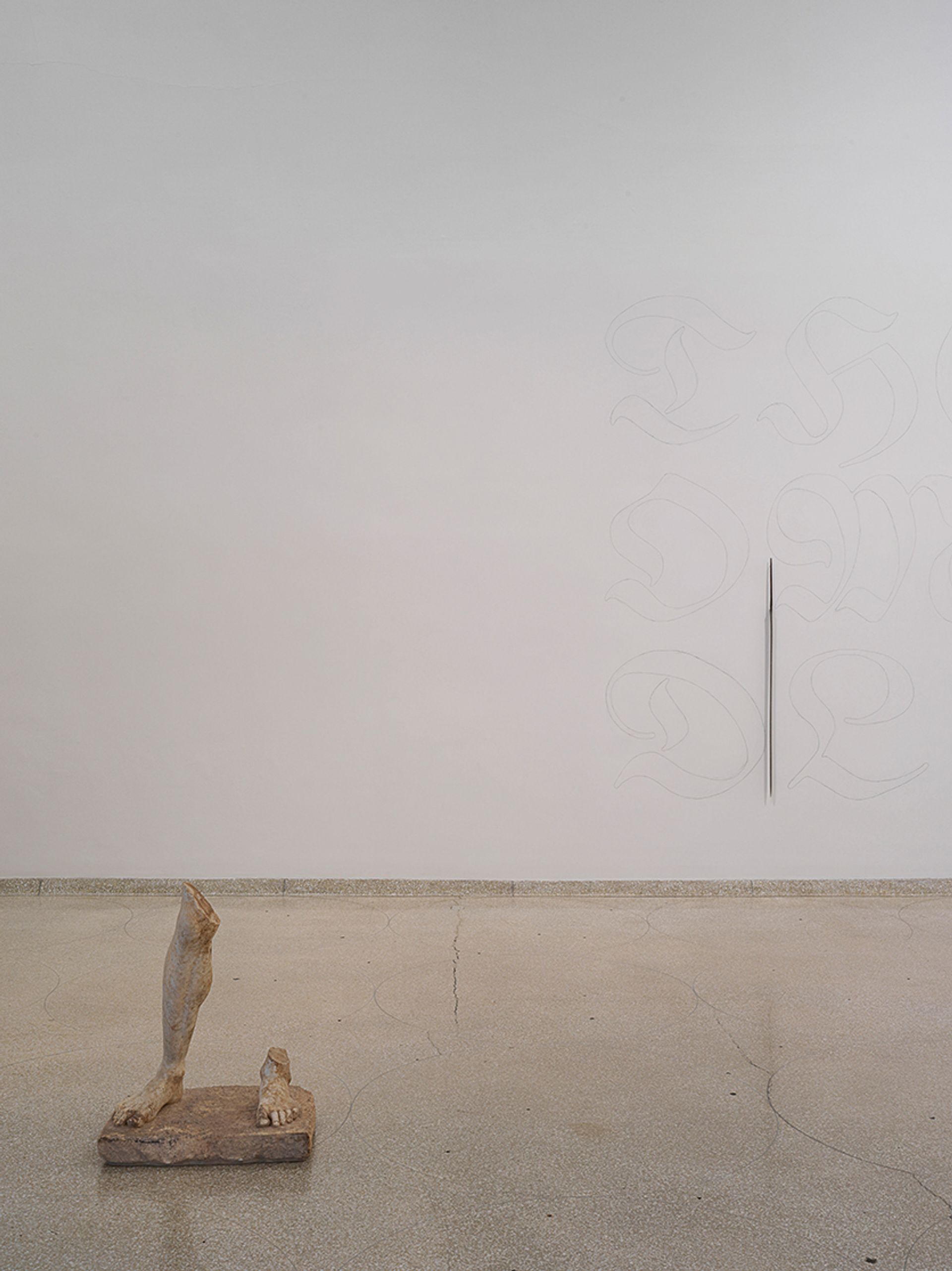
Danh Võ’s Take My Breath Away (2017)
Courtesy Take Ninagawa
Danh Võ, Take My Breath Away (2017)
Vietnamese artist Danh Võ’s work Take My Breath Away resuscitates a second-century Roman sculpture that was once a male statue—a god, a statesman, or perhaps a poet—and is now reduced to just two feet standing slightly apart on a pedestal, one of which extends to an ankle and the other to a calf, broken just above the knee. This ancient fragment has a metal brace around its marble ankle; as in Japanese kintsugi ceramic techniques, the damage is incorporated into the repair, not disguised. Võ’s work wears absence proudly, and he makes it even more palpable by borrowing the title from the Los Angeles synth-pop band Berlin’s biggest (and last) hit, released in 1986. Forever associated with the jingoistic Hollywood blockbuster of the same year, Top Gun, Take My Breath Away is about innuendos, “thoughts unsaid, then forgotten”, to borrow a phrase from a work by Bas Jan Ader.
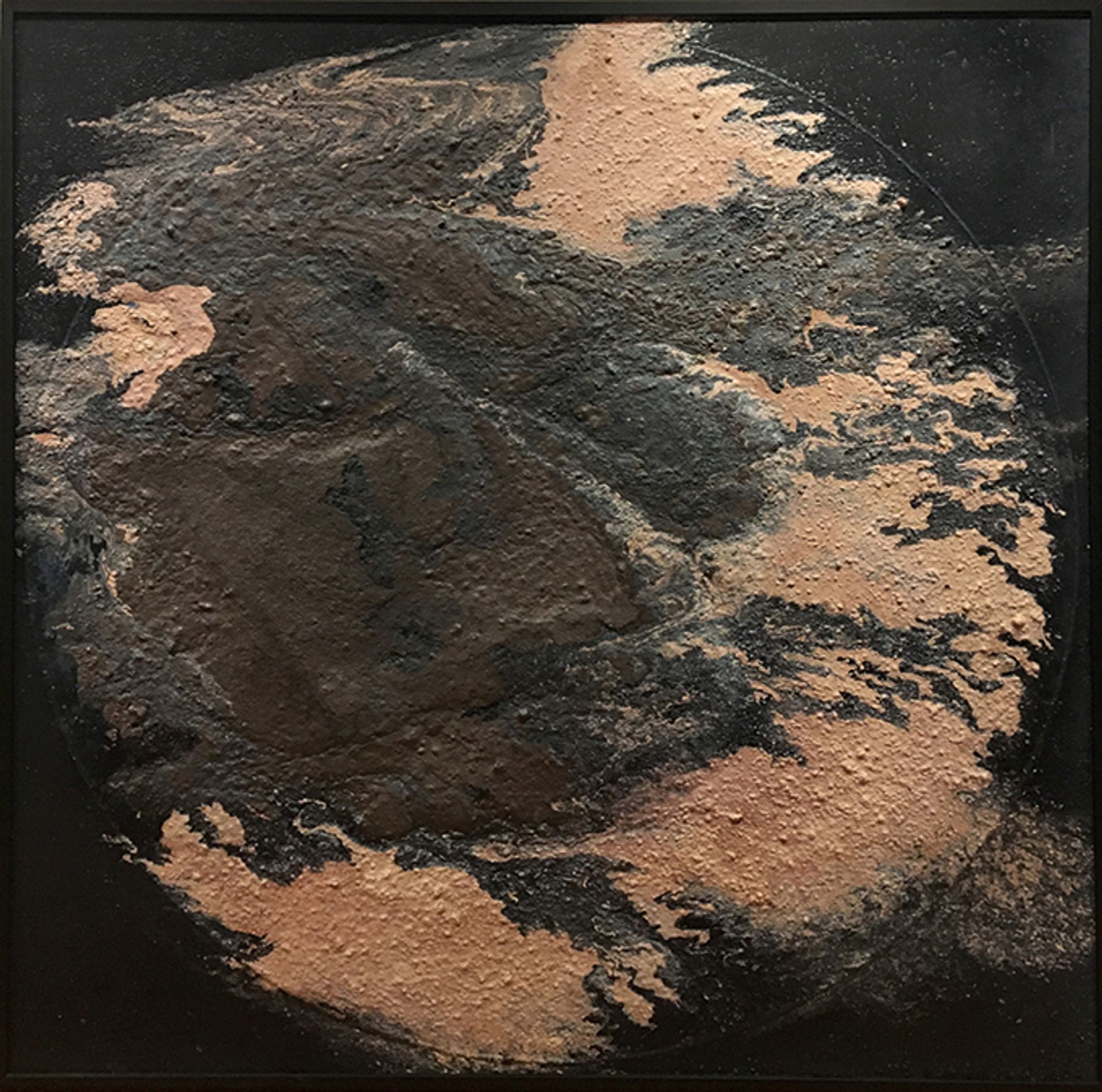
Yuko Nasaka’s Work (1978)
Courtesy Kotaro Nukaga
Yuko Nasaka, Work (1978)
A member of the Gutai Art Association since 1962, Yuko Nasaka became known for appropriating and transforming the materials and processes of industrial production in her sculptures, which responded to the aftermath of Japan’s rapid postwar economic growth. She then stopped making work for two decades before resuming her artistic practice in the 2000s. Work is a 1978 relief that may be but a single element from one of Nasaka’s wall-size grids, in which each part is produced on a revolving horizontal surface and treated individually.
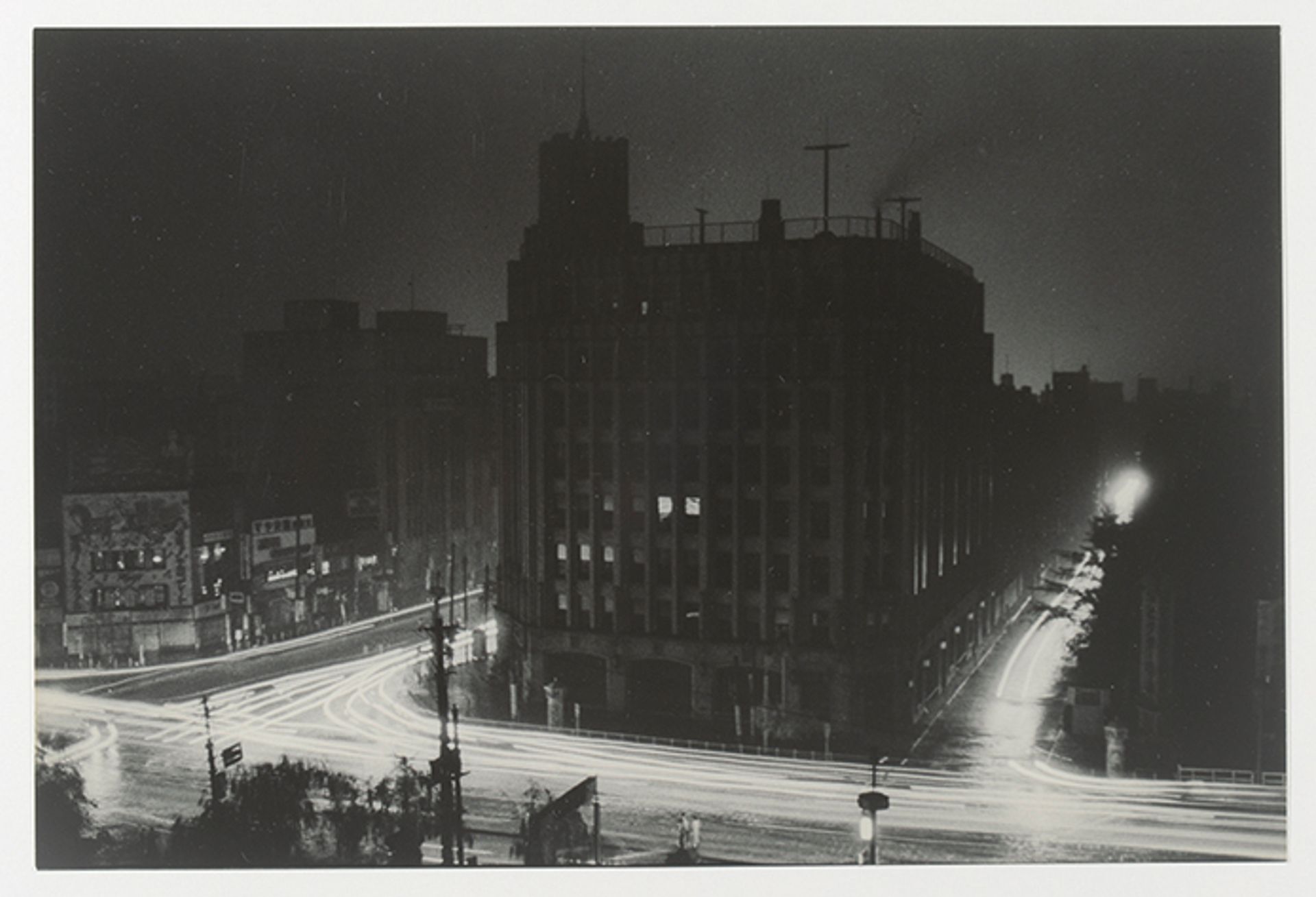
Gen Otsuka’s Blackout in the City (around the 1950s)
Courtesy MEM
Gen Otsuka, Blackout in the City (c.1950s)
In this undated photograph from the 1950s, Gen Otsuka captures a large office building on Tokyo’s Sukiyabashi crossing from a rooftop across the street. In contrast to the darkened windows, the car lights become bright streaks in the camera’s long exposure. It could be that this blackout image was intended as a reminiscence of wartime bombardments, yet in two photographs of the same building from a similar vantage point, one with the windows brilliantly lit, Otsuka explores the full range of his fascination with blurring the boundaries between day and night. Rather than using the cinematic ‘day for night’ technique of simulating night scenes in daylight, his photography mixes the two into a third state.
• AWT Focus: What Is Real?, Okura Museum of Art, 2-10-3 Toranomon, Minato-ku, 5-9 November



